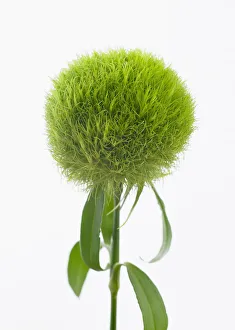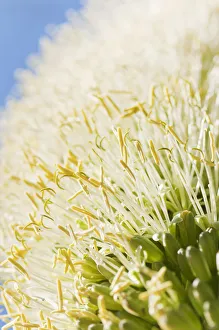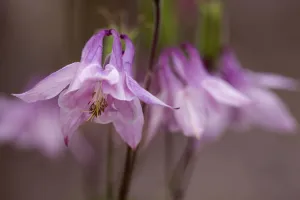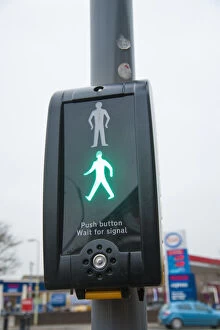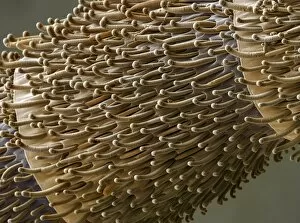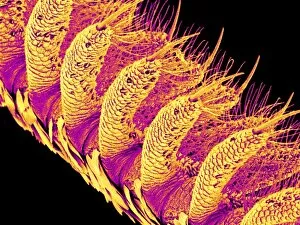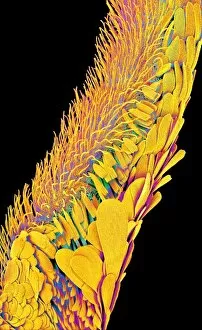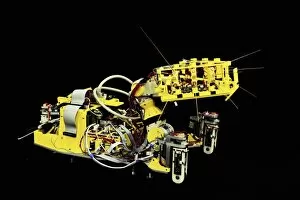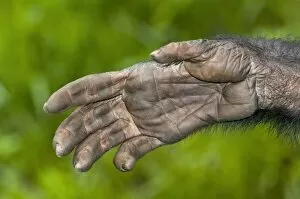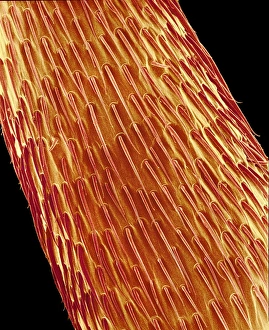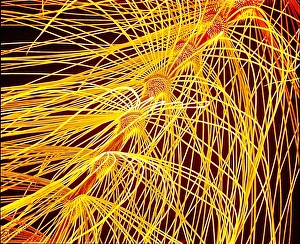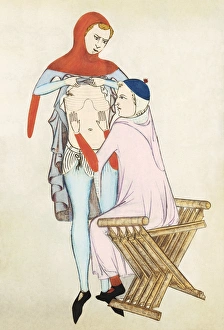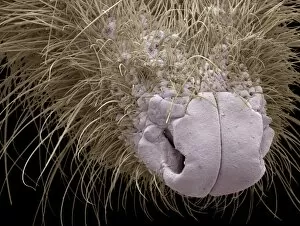Tactile Collection
"Exploring the Tactile Beauty of Nature: From Dianthus Barbatus to Agave Attenuata" Delicate and vibrant, the Dianthus Barbatus Temarisou, commonly known as carnation
All Professionally Made to Order for Quick Shipping
"Exploring the Tactile Beauty of Nature: From Dianthus Barbatus to Agave Attenuata" Delicate and vibrant, the Dianthus Barbatus Temarisou, commonly known as carnation, invites us to experience its tactile petals in awe. The Green Trick series of carnations takes touch to a new level with their unique velvety texture that begs for gentle caresses. Celosia Argentea Cristata Group, also known as cockscomb, showcases an intriguing tactile display with its feathery plumes that beckon our fingertips. Francis Cleyn's masterpiece "Touch (Tactus)" from Quinque Sensuum captures the essence sensations through artistry dating back to 1655. With its fleshy leaves and smooth surface, Agave Attenuata offers an alternative resource for exploring nature's beauty through touch. Aquilegia Vulgaris or Columbine enchants us not only visually but also tactually with its delicate flowers that invite gentle exploration. Anemone Sylvestris entices our sense of touch with its soft petals and graceful presence in nature's tapestry. The Hibiscus flower captivates both eyes and hands alike with its velvety petals that beg to be touched gently. Papaver Somniferum Danish Flag poppy stands tall in gardens, enticing us with its silky-smooth petals that feel like a tender brushstroke against our skin. Hands touching illustrated by unknown artists remind us of the power of human connection through physical contact—a reminder of the importance experiences in life.

